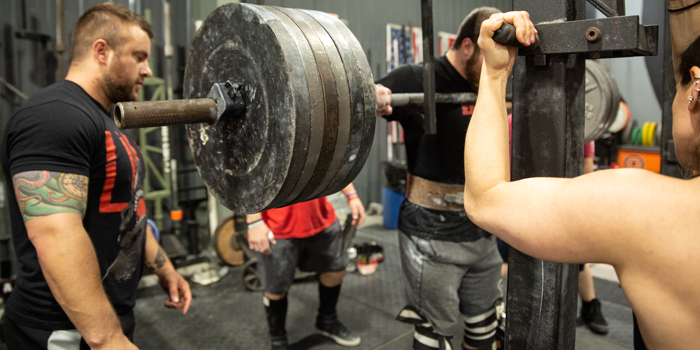
The perfect formula to improve performance.
Coaches who are passionate about training can find themselves laboring for hours trying to find “it:” the perfect combination of movements, sets, reps, and percentages that will make up this “perfect formula” and lead their client or athlete to success. Respect for the science behind training and a zealous attitude about what we’ve seen work in our experience can lead us to dig our heels into the ground regarding training variables. Once we’ve found a formula that proves successful, it can be easy for us to try and take every client or athlete we find and smash them into the box that is our communication style and training program, with no room for adjustment of that box.
RECENT: Discipline in Training and Life
On the positive side of this, in the case of many successful gyms and coaches (particularly in unique cultures), that lack of flexibility can help take a large volume of athletes and funnel that group down to a few select athletes who fit the coaches’ style and skills. For the vast majority of coaches, however, we aren’t trying to whittle down a group of lifters to one or two who are identical to us in every way. We’re trying to take a diverse group of individuals and find the best ways to capitalize on each of their strengths and address their individual weaknesses. Particularly in smaller groups (whether that be small group training, a powerlifting training crew, or individual training), coaches need to know how to communicate with and coach each individual in a way that will be most effective.
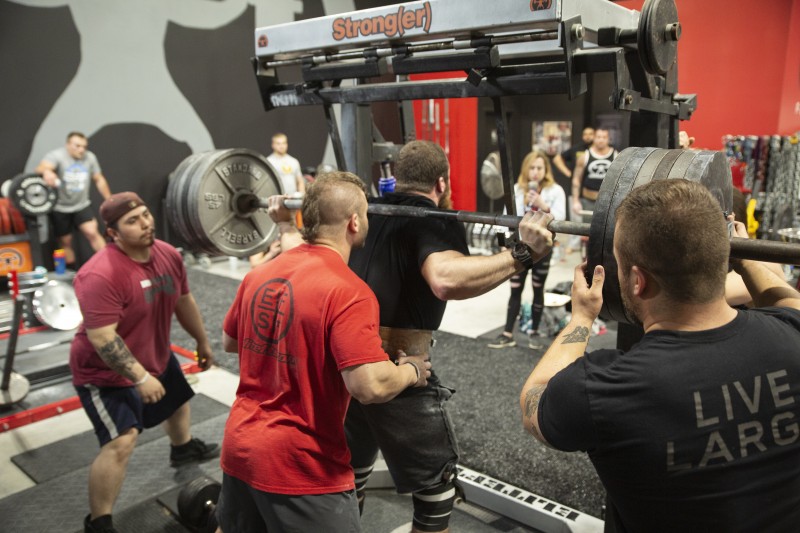
The philosophy and core values of a coach will (and should) remain consistent across all athletes/clients, but how that philosophy translates into the exact program, communication of that program, and approach for feedback can all be tweaked to the personality type of the individual. The degree of variation becomes more difficult with the larger group you work with, but with individual athletes/clients, coaches should be able to adjust their approach to maximize the potential of that individual.
This has become more clear to me as I spent more time working with lifters and athletes, as well as even how I approach working with staff. It truly moved to the forefront of my mind, however, when I began doing Health Coaching for Mental Health Counseling clients as part of a collaborative program on our college campus with Counseling and Psychological Services.
When studying for my health coach certification, much of the content revolved around psychology and behavior change. As I studied the material and ultimately began using it with a very diverse group of clients on campus, it really drove home to me the importance of identifying the personality and background of the person you’re working with and molding your communication (and even content) toward what will be most effective for that individual.
As I began working to better identify and mold individual programs more, I also saw this positively benefit my work with strength athletes and even the way I supervise my staff at work.
There are a number of different models, research, and tests for identifying and working with various personality types. The exact test or model you use isn’t as important (in my opinion) as taking the overarching step of integrating the understanding of personality types into your coaching approach. How you do this will vary and most likely will look different than my approach, but I can provide you an idea of one model that I find useful when thinking through coaching styles.
One specific model of understanding personality types is the DISC model, created by Dr. William Moulton Marston, a Harvard psychologist, in the 1920s. The model provides four categories, which can be helpful for understanding both your own communication style as well as creating strategically purposeful communication with a client.
RELATED: Scale Up Your Personal Training Business With 2:1 Sessions
The model (and communication in general) can be discussed in entire textbooks, let alone an article, so I won’t go too in-depth about every detail. I will provide the four categories of the DISC model and some ways that communication and programming can be most effective for those groups as a coach.
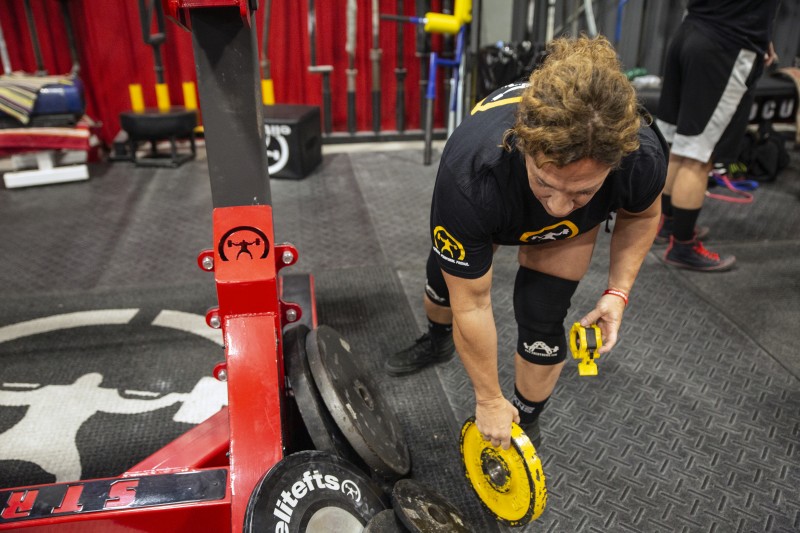
D: Dominant Personality Type
Dominant personality types are typically fast-paced, direct, outgoing, and task-oriented people. They are often concerned with the “what” of a situation versus the “why” and thrive on control, choice, and challenge. With these types of individuals, it’s important to offer confident, assertive, direct, and to-the-point communication in order to get the most out of them. These are the “get to the point, what number do I need to hit?” type of people.
In terms of programming, this can mean making sure the program is simple and clear and provides quantitative (versus qualitative) goals and results. Competition with teammates/training partners and metrics like rep PRs, AMRAP sets, heart rate, distance, or time goals can objective ways to motivate and get the most out of these individuals.
A big part of coaching is helping that individual track and understand progress and be able to provide feedback accordingly. For these individuals, as much objective and direct information as possible will help them to do that.
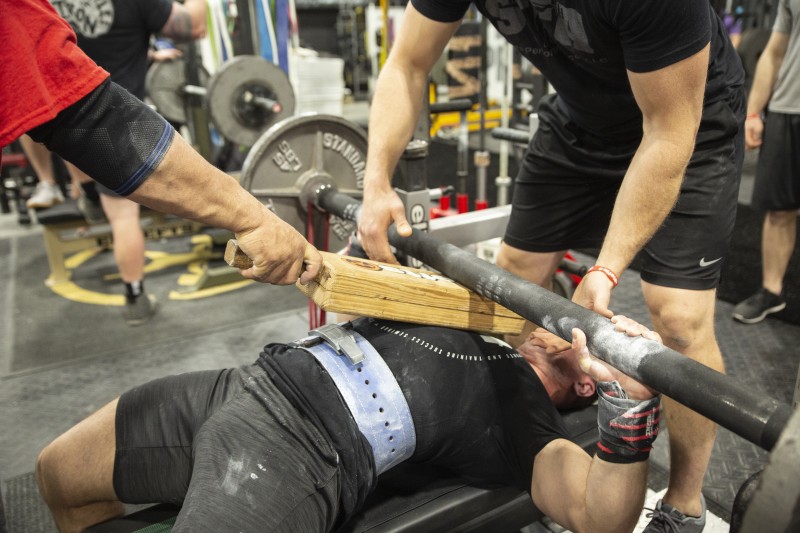
I: Inspiring Personality Type
Inspiring personality types are outgoing like Dominant personalities, but are more people- and relationship-oriented. While the Dominant personality type will thrive off having a training group because they can have competition and beat their numbers (objective goals), the Inspiring personality will thrive off the camaraderie, smack-talking, encouragement, and overall relationships that the training group provides.
These personality types also value not just the numbers they hit but how their coach feels about what they’re doing. They care about how others around them and value their accomplishments and thrive off that feedback. These are the “prove people wrong/right” type athletes.
For programming, challenges and competition that fuel the camaraderie of the group and support the team environment can help get the most out of these athletes or clients. Both Dominant and Inspiring personality types thrive in a training crew (for different reasons), and finding a quality group can make a huge difference in their progress.
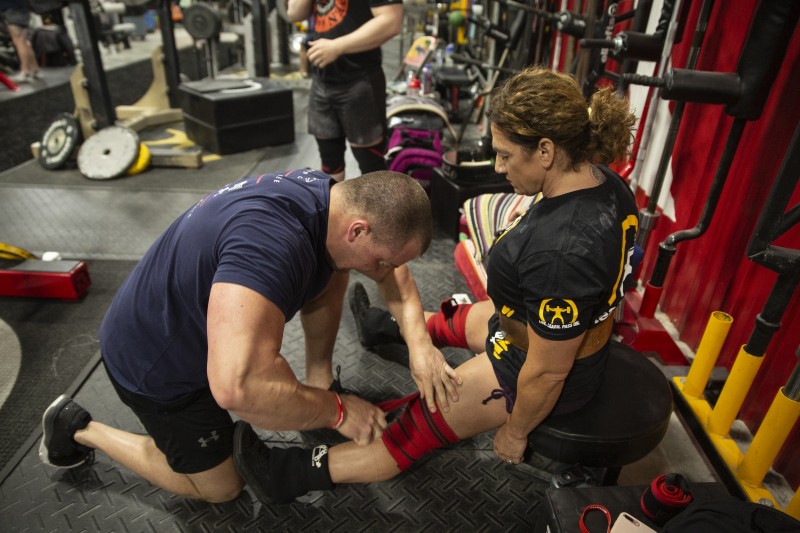
S: Supportive Personality Type
These personality types share a lot of similarities of Inspiring individuals, but rather than focusing on themselves, they tend to place a focus on the rest of the group. This type of athlete will perform better if they know it will help the rest of the team reach a common goal. These are the people who train hard because they know it makes a better collective training crew and are always the first to cue others and help load plates, wrap knees, etc.
Supportive personality types also value being appreciated by their coach and training group (if they train with others). If they don’t train with a group, they can place value on how their performance makes their coach or supporters look. These personality types also value the “how” of a situation and are typically not comfortable with quick decisions. They like to know that a process is thought out by their coach, and they will work hard to show their value in how they follow the process.
LISTEN: Table Talk Podcast Clip — The Programming Process Behind the Workout
For programming, these types of athletes can function well doing a conjugate-style framework with a small group of people whom they trust and feel comfortable with (particularly when working together and rotating through things like dynamic effort work, etc). This is just one example.
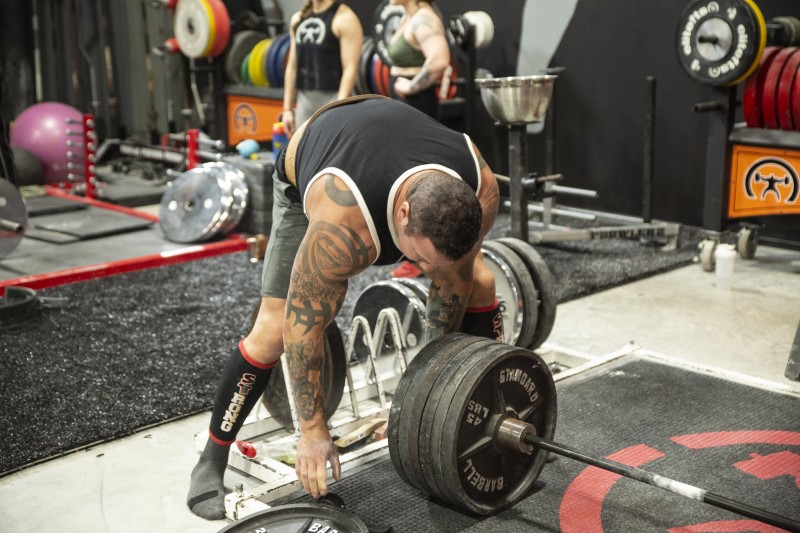
C: Cautious Personality Type
Cautious personality types are the more introverted versions of the Dominant personality type. These individuals are typically reserved, task-oriented people who focus on objective data instead of emotion or subjective information. They typically enjoy training alone and speak and work in a deliberate, purposeful manner. These athletes will also typically want to know the “why” behind a program or process, and they value trustworthiness and integrity from their coach.
When communicating with these individuals, it is important to bring data, objective information, and patience to conversations. Their lack of outward emotion could be misconstrued as passiveness or something negative, but often it is their selectiveness in what they want to say in order to be accurate and logical.
For programming, the same objective goals and metrics as I mentioned for Dominant personalities will apply, but instead of training in a group, these athletes will typically function better training alone or with one other person they trust.
Like with many things, rarely does someone fit perfectly in any one of these categories. Part of the art of coaching is determining what unique blend an individual is, and then creating a plan and implementing it accordingly.
This topic is a broad one, and I may write more about specific aspects of this in the future. In the meantime, this should help provide you some ideas that will broaden your approach to coaching and help you get the most out of whom you’re working with, no matter what their personality is.
References
- Exercises for Different Personality Types (American Council on Exercise): https://www.acefitness.org/education-and-resources/professional/expert-articles/5933/exercises-for-different-personality-types
Images courtesy of Yessica Martinez










